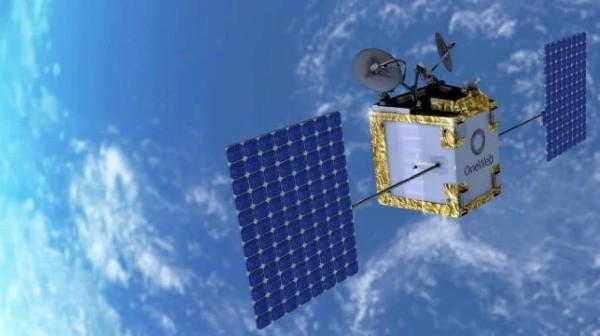OneWeb, the latest arrival in the low earth orbit (LEO) satcom service sector, has launched its maritime service with the installation of terminals aboard the German research vessel Polarstern.
German shipping company Reederei F. Laeisz is Polarstern’s ship manager, and it contracted with third-party integrator Speedcast to install OneWeb services aboard the vessel. The system’s onboard footprint consists of two small parabolic antennas designed for extreme low temperature operation.
The ship is operated by the Alfred Wegener Institute’s Helmholtz Centre for Polar and Marine Research, and it is a regular visitor to high latitudes. OneWeb is available in remote locations, and it will be put to use for operations in the North Sea and Arctic Ocean.
Like other LEO service adopters in commercial maritime, Reederei F. Laeisz will be keeping other connectivity options on board, including L-band (required for GMDSS).
OneWeb is newly launched, but it has been in development for some time. It began in 2012 as WorldVu and launched its first satellites in 2019. The next year, facing difficulties because of the pandemic, it entered bankruptcy. It was purchased by a consortium led by the British government and the Indian telecom company Bharti, and under new ownership, it secured enough funding to launch the rest of its fleet. Launch operations were delayed by the Russian invasion of Ukraine, which cost OneWeb its access to Russian satellite launch services provider Roscosmos and left 36 unlaunched satellites stranded in Russian custody. Instead, OneWeb secured an alternative launch services agreement with SpaceX, the operator of competing LEO service Starlink, and it has nearly completed its constellation buildout.
OneWeb is competing with incumbent GEO satcom providers by offering higher bandwidth (100 mbps) and radically lower latency (less than 100 ms). These are comparable to the specifications of its only direct competitor, Starlink, but there are differences. In particular, OneWeb sells LEO connectivity worldwide, including the poles, with service-speed guarantees; anecdotally, several third-party vendors report gaps in Starlink’s geographic coverage, and Starlink does not offer a service level agreement with a minimum speed.

